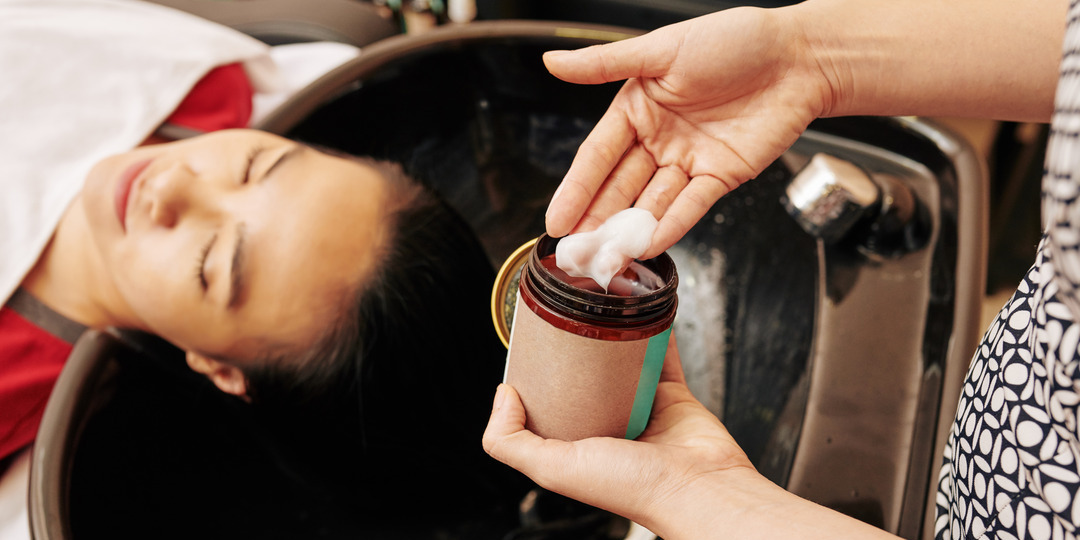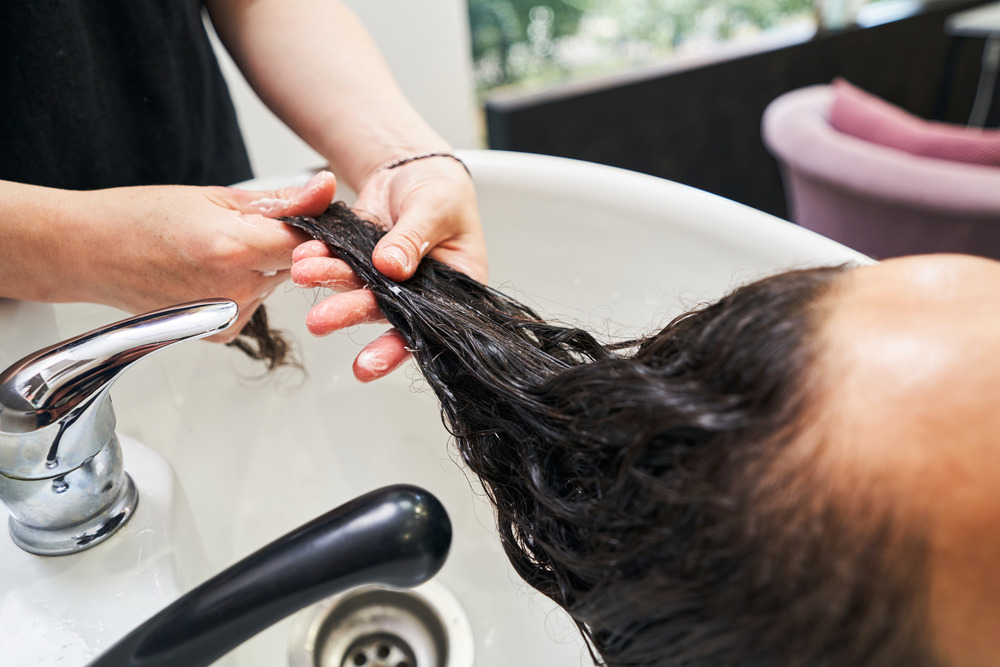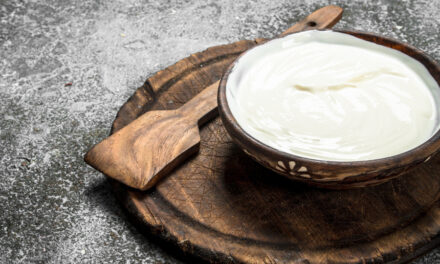
Hair masks are a game-changer in hair care, offering deep nourishment that your regular shampoo and conditioner can’t provide. Whether you have dry, damaged, or even healthy hair, a good hair mask can take your locks to the next level.
In this guide, we’ll dive into the ins and outs of hair masks, including how often you should use one based on your specific hair type to help you achieve ultimate hair health.
What Is A Hair Mask?
A hair mask is like a super-charged conditioner that gives your hair an extra dose of nutrition and care. Unlike standard conditioners that work on the surface, a hair mask penetrates deep into the hair shaft, providing intense treatment.
Common ingredients in most hair masks are geared toward restoring damaged hair, hydrating dry hair, or adding shine and vitality. Whether you’re looking to mend damaged hair, hydrate dry strands, or add some shine, knowing how to apply hair masks properly can make all the difference in achieving healthy hair.
Benefits of Hair Masks
Regular hair masks can transform your hair health, offering benefits beyond what your daily shampoo and conditioner can do. Hair masks excel at hydration, providing the much-needed moisture that dry hair craves.
If you have damaged hair, masks can offer a boost of strength, fortifying your locks and reducing breakage. They’re also your go-to solution for added shine, giving even color-treated hair a glossy look. Some masks offer a deep conditioning treatment, which is especially beneficial for damaged or color-treated hair.
By understanding your hair’s unique needs, you can pick a mask that offers specialized treatment, amplifying the benefits and helping you achieve the healthy hair you desire.
How to Use a Hair Mask
Hair masks are an easy addition to your hair care routine, as they can replace your regular conditioner. Here’s how to use a hair mask:
-
Step 1: Shampoo your hair, then rinse. This prepares your wet hair for the mask.
-
Step 2: Apply your hair mask. Focus the product on the mid-lengths and ends, avoiding the roots. Make sure the mask penetrates well into the hair shaft.
-
Step 3: Wait three to five minutes. (Pro tip: Use extra time in the shower to wash your face, shave your legs, or use a body scrub.)
-
Step 4: Rinse. Make sure you remove all residues to avoid any buildup.
-
Step 5: Use a dry towel and style your refreshed hair usually. Your hair should now feel revitalized and healthier than before.
How Often Should I Use a Hair Mask Based On Hair Type?

Determining how often you should use a hair mask largely depends on your individual hair type and its specific needs, whether you have fine hair, straight hair, oily hair, color-treated hair, or dry and damaged hair. Each type requires a different frequency and type of treatment, so understanding your hair’s unique characteristics can help you choose the most effective mask and how often to use it.
Fine Hair
Those with fine hair need special care to balance hydration and weightlessness. Applying a hair mask every two weeks can offer this equilibrium, providing essential nutrients without overburdening your delicate strands.
Fine hair can quickly look flat and lifeless if over-conditioned, making choosing a hair mask particularly important.
Tips:
-
When you apply the hair mask, focus solely on the ends where dryness is most likely to occur, and strictly avoid the roots to keep from weighing your hair down.
-
Opt for lightweight, volumizing masks designed for fine hair to ensure you don’t compromise on lift and body.
-
Consider using a protein-infused mask to add structural strength to your fine hair, but limit its use to once a month to avoid protein overload.
Straight Hair
Straight hair tends to lean towards the oilier side, making the need for hydration less frequent than other hair types—however, refined hair benefits from a good mask.
A mask every 10 to 14 days can bring an extra layer of shine and softness without causing the hair to become greasy. The trick is in the application and the choice of product.
Tips:
-
Apply the mask mainly from the mid-lengths to the tips, where natural oils from the scalp are less likely to reach.
-
Choose a lightweight, hydrating mask that won’t weigh down your straight strands or make them oily.
-
If you want to add shine, consider a mask that includes natural oils like argan or jojoba, which are lighter and won’t make your hair greasy.
Oily Hair
Managing oily hair can be a balancing act. While you might think that oily hair doesn’t need a mask, the opposite is true. A bi-weekly hydrating hair mask can help control oil production and give your hair the nutrients it lacks.
The key is choosing a mask designed for oily hair, which can cleanse the scalp while hydrating the hair shaft.
Tips:
-
When you apply the hair mask, avoid the scalp area and focus on the lengths and ends, especially if you have long hair.
-
Use a clarifying mask that can help remove buildup and control excess oil; keep the mask on only a few times for 3 to 5 minutes to prevent over-conditioning that might lead to even more oil production.
Color-Treated Hair
Color-treated hair faces its own set of challenges. The chemicals used for coloring can dry out your strands, making them more susceptible to damage.
A weekly hair mask, preferably with nourishing ingredients, can help keep your color looking fresh while offering a deep conditioning treatment for your strands.
Tips:
-
Opt for masks with color-protecting properties and nourishing ingredients. These are specially formulated to extend the life of your color and add vibrancy.
-
If your colored hair feels dry, use a leave-in conditioner after the mask to add an extra layer of hydration.
-
Look for a mask that includes repairing ingredients like keratin or collagen, especially if your hair has been color-treated more than a few times.
Dry or Damaged Hair
Dry or damaged hair often screams for extra care and nourishment. Applying a hair mask once a week can be a game-changer, providing the hydration and repair your thirsty strands crave.
If your hair is significantly damaged, you may even benefit from using a mask twice a week. The focus here should be on masks with rich, nourishing ingredients that can offer a more intense level of care than a regular conditioner.
Tips:
-
If your hair is longer, you may need more product to distribute the mask evenly from root to tip.
-
Not all masks are the same; look for one that specifies it’s for dry or damaged hair to get the most benefit.
-
You can also leave the mask overnight for deeper penetration of the nourishing ingredients, mainly if you apply it twice a week.
-
After rinsing out the mask, consider following up with a regular conditioner to seal the benefits.
Using a Hair Mask with Other Products

Incorporating a hair mask into your routine doesn’t have to be complicated. It’s generally best to use a hair mask after shampooing but before applying your regular conditioner.
While moisturizing mask treatments work well with most products, they may not be as effective with heavy styling products like waxes or gels, as these can prevent the mask from penetrating the hair shaft. However, if you have hair longer than shoulder-length or especially dry or damaged hair, a mask can provide that extra moisture you might need.
Always follow directions for your specific mask, and watch for other nourishing ingredients or cruelty-free options. Remember, a hair mask is a standalone treatment; avoid combining it with leave-in conditioners or oils, as this could lead to product buildup or overly greasy hair.
Unmask Your Hair’s Full Potential With Vitamins Revive
Hair masks are a fantastic way to maintain healthy hair, mainly when used at the right frequency based on your hair type. Make them a regular part of your hair care routine and enjoy the benefits they offer.
Consider using vitamin-enriched best hair masks from Vitamins Revive for an extra boost. They can supplement natural oils, reducing hair damage and boosting overall hair health. Shop now!
FAQ’s
Is it OK to use a hair mask every day?
No, using a hair mask every day can lead to greasy hair and may imbalance natural oils.
Do you use a hair mask before or after shampooing?
Most experts recommend using a hair mask after shampooing on wet hair.
Should I use a hair mask before or after the conditioner?
Using a hair mask after shampooing and before conditioning is generally best.
Should I use a mask every time I wash my hair?
No, excessive use can lead to hair damage. Stick to the frequency suited for your hair types.










